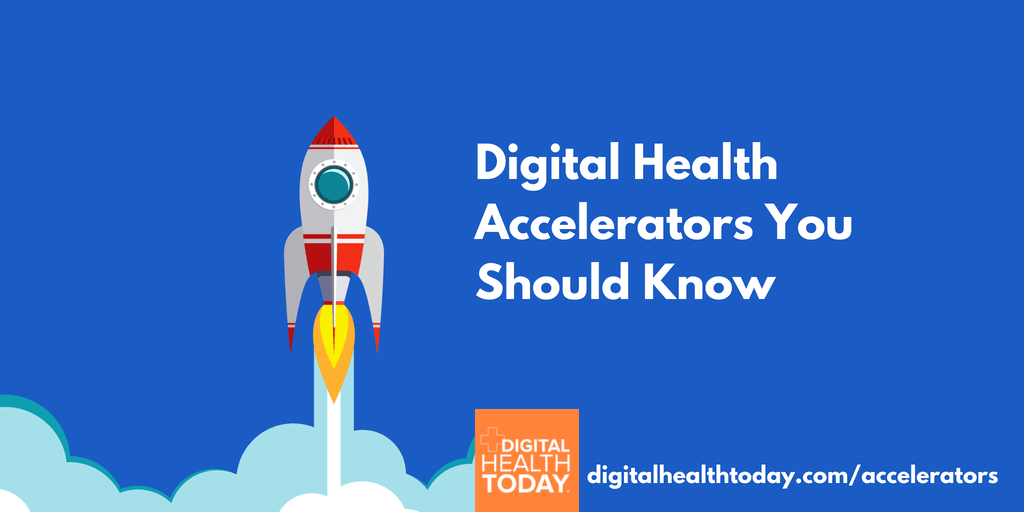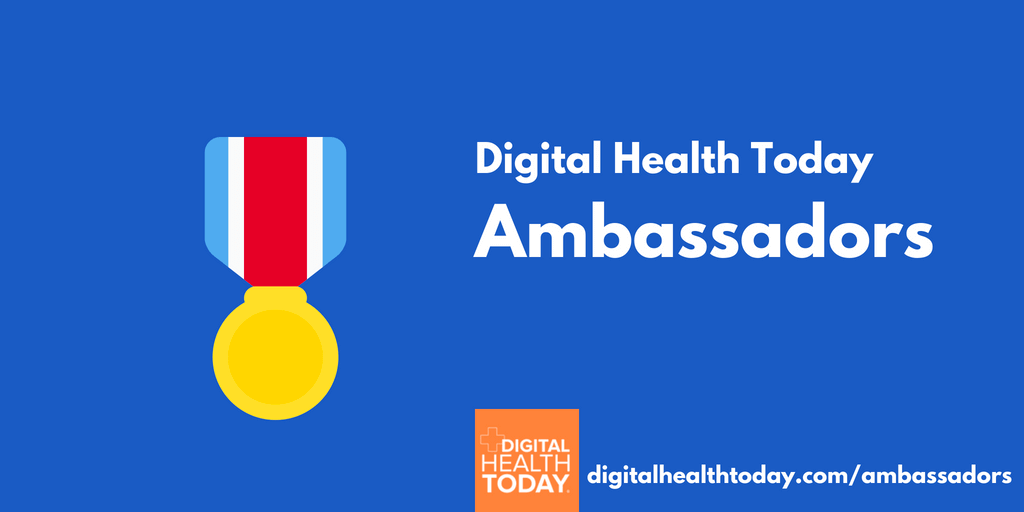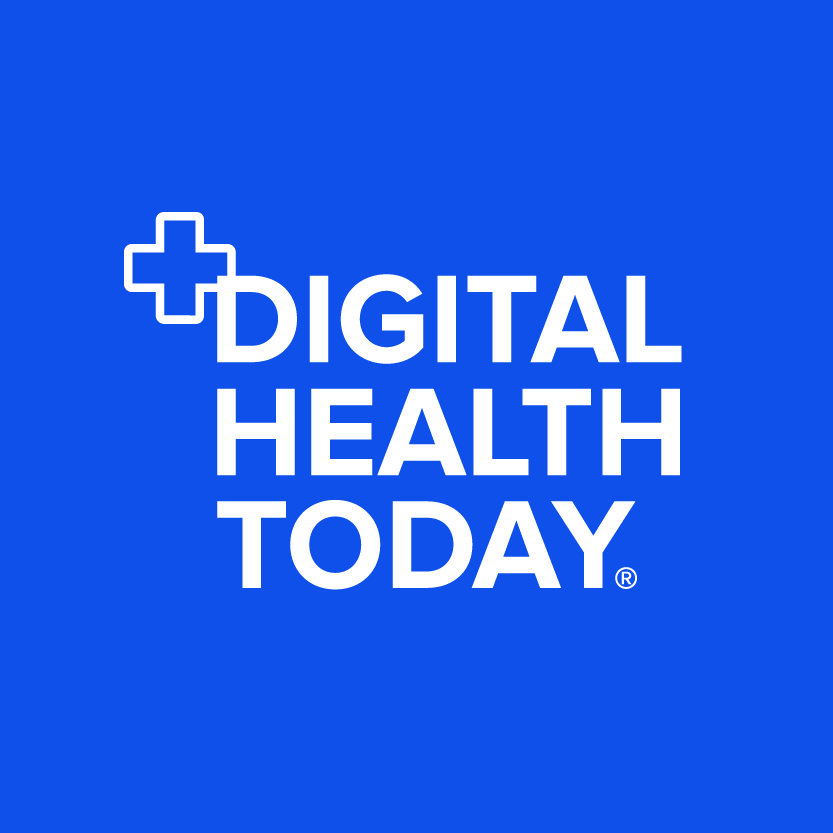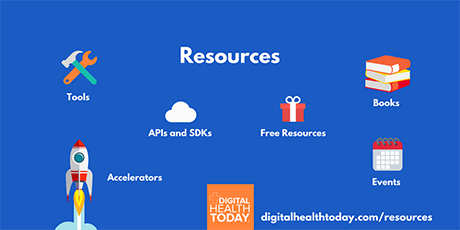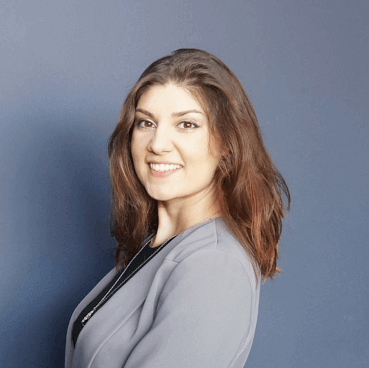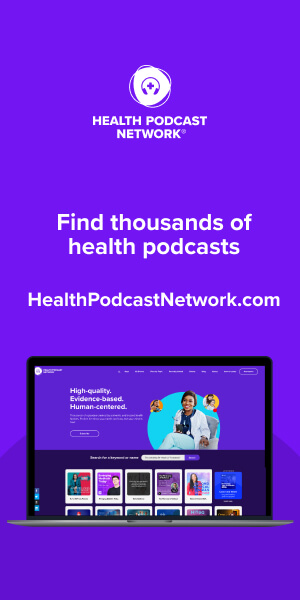By Demi Radeva
During this year’s annual HLTH conference in Boston, had the privilege to connect with Peter Hames, the co-founder and CEO of Big Health. Big Health is a digital therapeutics company that aims to help millions back to good mental health through clinically-validated, accessible and affordable digital solutions.
Lightning Round:
What is a saying, quote or phrase that motivates you?
“Next play,” credited to Jeff Weiner, executive chairman of LinkedIn, and taken to mean the team shouldn’t get discouraged by complexity in healthcare.
What advice do you have for other innovators?
The difference between success and failure is persistence! There is so much inertia from the incumbents. An intrinsic feature of health systems is that they are inherently high risk because of the fragility of human life. This leads them to be more resistant to change as compared to other industries.
What is a book that has impacted you?
Meditations by Marcus Aurelius, who was the Roman emperor from AD 161 to 180. He was a stoic, and stoicism is the foundation of cognitive behavioral therapy (CBT).
What is a piece of technology that makes your life easier?
The eye mask! It’s like a cue to get to sleep and works great for someone who struggles with insomnia.
What is a space in healthcare that isn’t getting much attention but should?
Poverty. Innovation in the U.S. is driven by the profit motive and it exacerbates the imbalance between rich and poor, as compared to innovation in poor countries. We need to apply a new lens and try new approaches outside of healthcare. For example, Esther Dyson has taken a civil engineering approach to addressing wellness and health equity in the community through her nonprofit project, Wellville.
Deep Dive:
What is Big Health?
Big Health is a digital therapeutics company focused on sleep and mental health. In its essence, Big Health takes evidence-based, non-drug therapies, such as cognitive behavioral therapy (CBT) and fully automates them, removing the human entirely– no coaches, no psychologists, just pure software. As a result, it means that we can deliver these therapies at scale and as consistently as a drug treatment.
The logic behind this comes back to this observation that mental health now is unignorable; mental health as a problem has gone right up the priority list as a result of the pandemic and the traditional models of care (aka: human therapists) never will scale to tackle even a fraction of the need. We are facing a situation where even if you put a technology layer in front of the traditional model, it is still fundamentally a solution for the 1%. The truth is the vast majority of people are excluded from that.
Also, 80% of people with a mental health problem get drugs. That’s the reality. The most common mental health treatments include Ambien, Xanax and SSRIs, which even doctors know are not great drugs. They are associated with very punitive side effects and adverse event rates, and are really not that effective for most people.
In that context, our founding principle has been that if we’re really serious about helping millions back to good mental health and actually providing a more equitable model of mental health care, we have got to take a transformational approach, instead of an incremental one. We have to try to find a way to deliver these evidence-based therapies in a way that is as scalable and consistent as drugs.
That was really the foundation of it. It was also born of my experience of insomnia, including the struggles I had in getting access to anything but generic Ambien, and my own experience of self-administering CBT from a self-help book written by world expert Professor Colin Espie, which cured me in six weeks. The author of that book is now my co-founder.
The core idea is to automate these therapies that would traditionally depend on humans. We are essentially substituting the molecule for the algorithm. That huge body of need– of people who today only have drugs as an option– now have another choice.
Why was offering a non-drug solution important?
More choice is good. What we know from the research is that 75% of people with a chronic mental health problem would prefer a non-drug solution because the drugs have such punitive side effects. A drug might be a fine second option if you’ve had a couple nights of bad sleep, but if you’re using it for weeks, months or years, generally, people don’t like the feeling of being dependent on these medications. I can say confidently that it’s a good thing to offer people an effective, evidence-based, non-drug alternative.
Solutions such as ours are guided or recommended in the clinical guidelines (based on safety and effectiveness) as the first-line recommended treatment. By not offering these solutions, we are denying the majority of people access to what we’ve known for 30-40 years is the best treatment. The key has been for us to be able to do that in a way that is economically sound and is scalable enough to be delivered alongside drugs, wherever that option is offered.
A whole host of independent bodies will conduct periodic reviews of the literature and then use that to inform recommendations, given the clinical data. The highest bar is inclusion in clinical guidelines. We are the only digital therapeutic, to my knowledge, that is cited in leading clinical guidelines worldwide. The American College of Physicians’ most recent guideline on the management of insomnia disorder in adults cites our research and our research alone in support of their recommendation as a first-line treatment.
We have 64 clinical papers now and our actual products have 13 randomized control trials. We are very humbled and grateful for the opportunity to work with these guideline bodies to help them shape their thinking around how they evaluate solutions such as ours. The good news is the same principles apply: first and foremost, the need to demonstrate clinical effectiveness in gold standard clinical studies, which is what we’ve been able to achieve.
Going off of the point on guidelines, there has been evidence that clinical guidelines are biased, what are your thoughts on this issue?
We’ve seen systemic bias historically. That’s one of the reasons why, as part of our equity commitment, our clinical research team has developed an equity checklist for all the research that we conduct now. To our knowledge, this type of checklist has not existed before.
We use it for our own internal research. We’ve been able to radically increase the diversity of our participants in our studies and we are making sure we are benchmarking that against the general population. We are also open sourcing it, so we’re now encouraging other collaborators to join us.
All of us have to take joint responsibility for the biases that have existed. We’re striving to proactively tackle that. I think to do that effectively requires really culturally responsive communication and enrollment mechanisms. We take that very seriously. We have an array of different external advisors, and increasingly we have in-house experts to help us combat bias.
What types of inequities do you see in your user base?
As a business, we work today with large employers and health plans. That has been an amazing set of partnerships, where we deliver a huge amount of value across these populations, but by definition, it is self-selecting. The users are people who have jobs, generally in the better-paid end of the spectrum. In a sense, you have an inequity right there.
Going back to the mission, I start every team meeting like a scratch record, with “our purpose is to help millions back to good mental health.” No asterisk. No fine print. That is the North Star of our business. Every decision we make has to line up behind getting closer to that goal. That repetition highlights to me that we are being hypocrites unless we find a way to give access to our solutions to those who are in underserved groups.
We’ve made a very public commitment to extend access to a significant number of underserved groups, alongside driving our commercial scale through large employee populations and health plan populations, where we can deliver really meaningful ROI, and as a result, justify being paid appropriately.
In order to drive equity, you cross-subsidize funding for the underserved through the large employers and health plans that you partner with?
I’m a big believer in finding models where everybody wins. I don’t think we’ve fully cracked this yet, but I believe providing broad access at no or low-cost to underserved communities can actually be accretive to the business. The absolute ideal is if this is all part of the same thing, meaning it’s not only part of a charitable arm; rather, everyone is motivated and incented appropriately. In this way, equity becomes central to the business model.
I’ll give you one example that we’ve been testing. Along with our employer for health plan partners we have a “give one, get one” model. If you cover X amount of hundreds of thousands or millions of lives in your population, we will commit to providing the same coverage, at no cost, to underserved populations. It’s very simple!
If you think about some of our customers, these could be big retailers or big technology companies whose assets we can leverage to reach the underserved. Imagine making every retailer a community mental health and primary care outlet, where someone with a mental health problem can get free access to our products in lower income communities.
There’s an opportunity to bring together the commercial and the socially engaged aspects of an organization. They don’t have to trade off against each other.
In your view, does digital health perpetuate, or solve for inequity in our communities?
I love the NHS. I love the UK. I love the US. One of the reasons that we came to the US was because there are so many more interfaces through which you can deliver innovation, because the system is so fragmented, and candidly, so inefficient. This means that there is a real opportunity to save people money, and as a result, gain adoption. That’s a good thing because it drives innovation and there are more areas where innovation can be deployed.
The flip side of that is that innovation will be attracted to where the most money can be made. That’s the rational thing to do. Therefore, I do think there’s an intrinsic risk that those in lower income groups in a system such as the US are somewhat neglected by innovation.
However, I would like to use another example. What I’m seeing is that there are more and more innovators who take on a moral imperative to go and redesign healthcare. And this doesn’t happen very often– once in a generation. This double pandemic we are experiencing, it’s bone-breaking, and you have one opportunity to reset it in a better position. What I hope to see is innovators who take on the exciting and important challenge of building big and impactful commercial organizations, but do so in a way that genuinely starts to correct some of the imbalances that we’ve seen in society.
Ideally, we would create a system that drives equity rather than relying on goodwill. I don’t know that we’ve cracked it, but I do think there is an ideal situation where you’ve got an actual profit motive for driving equity.
What’s next on the horizon?
We’ve just secured national reimbursement in Scotland. That is a real breakthrough for digital therapeutics globally. In general, Scotland is the first country to ever nationally reimburse for digital therapeutics. That in itself is going to be a really interesting endeavor because top to bottom, every corner of society, every age group, geographically, now has covered access to our products. We are excited to learn a lot and make sure there is equitable access for all.
Big Health Twitter: @wearebighealth
Peter Twitter: @phames
